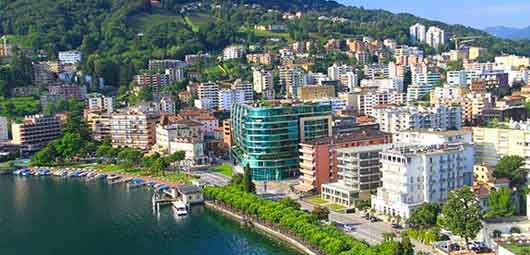We are used to say that we are flooded with news. But how much news does a major daily newspaper like Il Sole 24 Ore contain every day? Or public television’s Tg1 ? Actually they are not so many and your press office performance needs to face that not-so-big number of opportunities.
Moreover, we everyday filter thousands of news, only focussing on a few of them. When planning a media relations campaign you need to know how to overcome those filters and to provide relevant information to the public.
Media Relations and the Press
News are constantly relaunched by news bulletins, aggregators, blogs and social media, but the actual number of news items covered every day by the main news sources – like newspapers, radio, TV, press agencies – is quite limited, as you can verify while reading a newspaper or watching television news.
On average, Il Sole 24 Ore, the most important Financial Newspaper in Italy, contains a hundred news items per day, ranging from political and macroeconomic current affairs to finance and economy and to regulatory updates. The Corriere della Sera homepage, one of the most read news sites in Italy, has no more than 70-80 national news items. Television news Tg1 Rai only covers 7-8 news items in its 1.30 pm edition.
As a consequence, the press office activity is confronted with narrow numbers and spaces. Then it’s crucial the quality of your relationship with the journalists you built along the time.
Strong personal connections with the Italian media is key if you want to succeed in a media relations campaign. And it’s a totally different story compared with the simple undifferentiated dissemination of press releases, inexorably destined for journalists’ spam boxes.
How press office works in Italy
The press office is responsible for managing and channelling the flow of news about a company or institution to the media, but Italian journalists have a very tight definition of news: it is something new, untold, well defined that can help the journalist provide additional information to his public. And has nothing to do with marketing.
Journalists are only interested in unpublished and fresh news, not concerning the ordinary management of a company or entity for instance. To find out if a fact is a news, it is not enough to summarise it in a press release: you need a press office specialist, who knows the media universe very well and who supports the company in selecting information of potential interest to the press and formatting it in line with journalistic standards.
What does a press office do
Once these preliminary steps have been taken – media accreditation, identification of the news and journalistic format – the most suitable tool for communicating the news must be identified.
It can be a press release. A short informative text built like an article: a news item, a headline, a subheading, an opening paragraph framing the news and a series of information to contextualise and deepen the news.
If the news has a particularly high relevance, the press office may decide to organise a press conference, i.e. a meeting reserved for journalists and authors operating on the web (bloggers and influencers), in which it tells the news and makes itself available to answer journalists’ requests for in-depth information.
In alternative, it is possible to reserve the news for a single media outlet, for example by proposing an exclusive interview.
In order to monitor the outcome of the media relations activity, a press review service is used, which makes it possible to detect all the articles – print and online – or radio and television reports that have picked up the news after the issue of a press release or after a press conference.
How to choose a press office
As for any service, not all the press offices are the same, and unskilled partners can be dangerous and counterproductive.
Making sure that your press officer knows his job is not so hard. Here are five simple criteria to make your selection for an effective press office:
1) Ask to see some examples of articles, related to other clients of the agency and published in newspapers of national relevance.
2) Verify who will write the press releases. In many cases, PR agencies ask their clients to provide a draft press release first: well, that’s not how things should work and each PR professional should be eager to create the best text for the media on his own and following the correct format.
3) Ask how press releases will be distributed: be wary of those who promise to send out your press release to “thousands of journalists”. You simple don’t have thousands of journalists in Italy interested in your business: on the opposite, they are usually very few and specialized and you need to know exactly who they are and how to reach them.
4) Consider online publications: which is their role in your PR strategy? Online newmedia have a crucial relevance in circulating your brand on Google and they have an essential role in an effective media relations campaign.
5) Make comparisons and try to understand what are you going to pay for: will you be assisted by senior of junior accounts? Can you bank on a proactive media relations activity or will your agency simply wait for instructions and pay attention to its other clients in the meantime?
If you need more information on how press office works in Italy just contact us: Stampa Finanziaria has 20+ years of experience in the Media relations for B2B companies and we will be happy to share our case histories with you.





